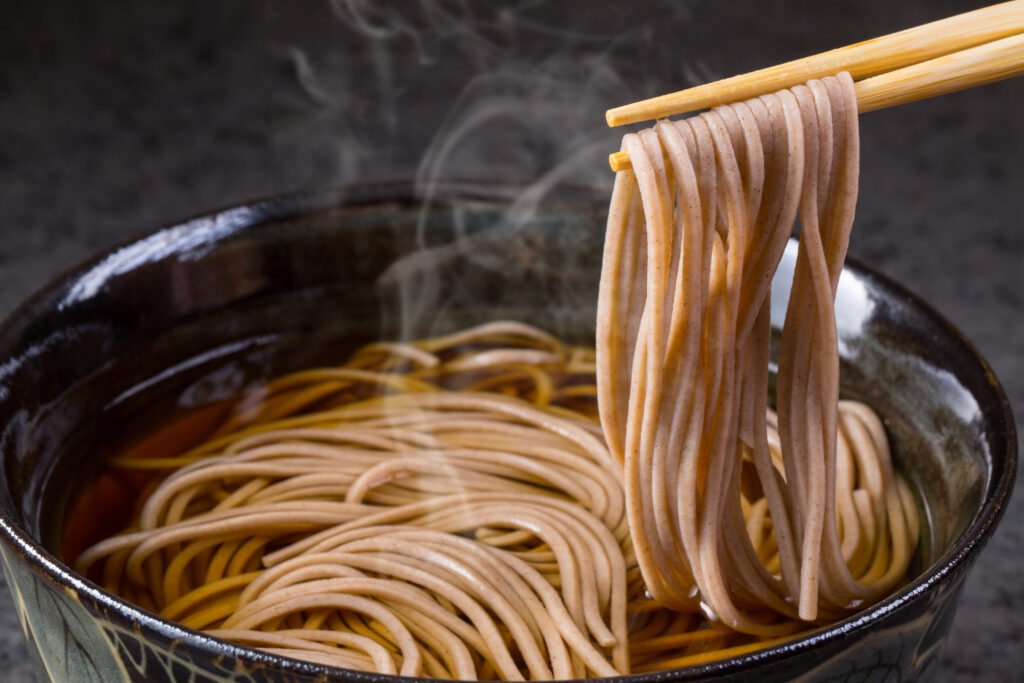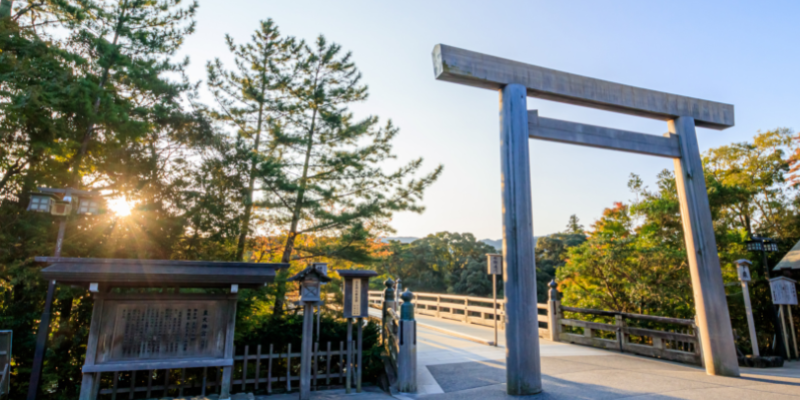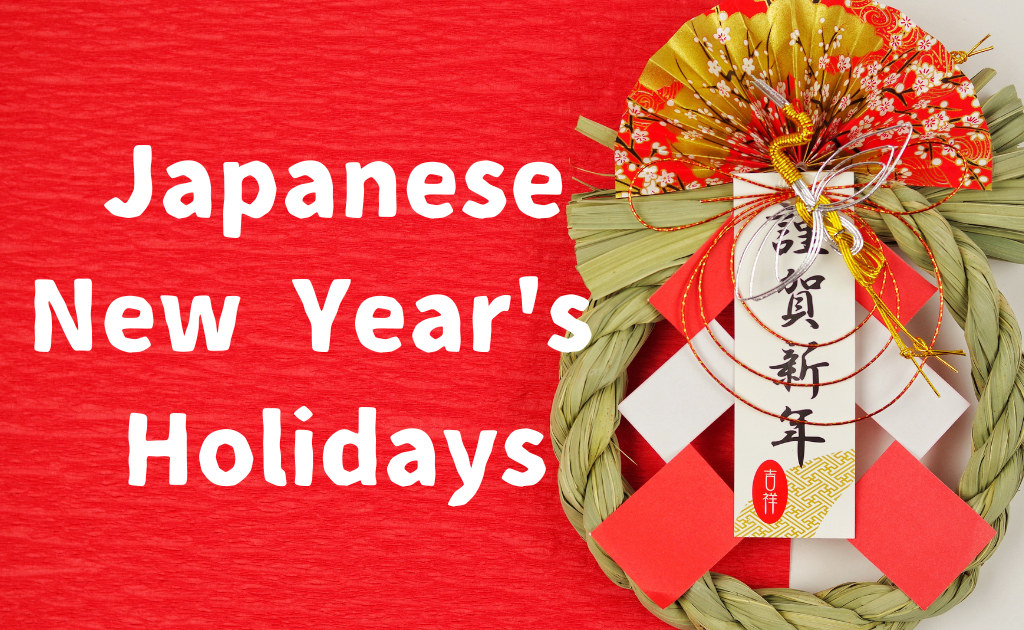What you need to know about Japan during the New Year’s Holidays
Many Japanese people are on vacation during the year-end and New Year’s vacations, and many of them spend the New Year’s holidays at their travel destinations. This makes accommodation rates at onsen ryokan (hot spring inns) and other such places quite expensive.
Many people return to their hometowns, and especially at the end of the year, the Shinkansen bullet trains and expressways and also airways from Tokyo and other urban areas to the countryside are quite crowded. Around January 3, people returning to urban areas from rural areas will be crowded.
Convenience stores will remain open even during the year-end and New Year holidays.
Many department stores and supermarkets will be closed at least on January 1.
Some tourist facilities are also closed from January 1 to 3, so be sure to check.
Shrines will be quite crowded due to the “Hatsumode” (New Year’s visit to shrines), which will be discussed later.
On the other hand, if you are coming to Japan for shopping, this is a good time to visit. On the first business day of the new year, department stores, shopping malls, and electronics stores have sales as “Hatsu-uri (New Year’s Sale).
New Year’s Eve in Japan
The most important days in Japan are December 31 and January 1. December 31 is called “Omisoka” and January 1 is called “Ganjitsu”.
Most companies finish their work on December 30 at the latest. This is called the “end of work”. Actually, most Japanese companies close their books at the end of March, so the end of the year does not necessarily mark the end of work, but it is customary to mark the end of the year.

On December 31, people do a big cleanup to remove the dust that has accumulated over the year. Then, people eat “New Year’s Eve soba (buckwheat noodles)” as a good luck charm.
Some long-established soba noodle restaurants have people waiting in line as soon as they open, but most people eat soba at home.
Then, they count down the clock to midnight and say “Happy New Year”.
Let’s go to Hatsumode!

Going to a shrine for the first time in the New Year is called “Hatsumode,” and many people go out on the night of New Year’s Eve. For this reason, trains run all night on lines with large shrines.
It is best to dress warmly, especially at night, as it gets cold during this time of year.
“Hatsumode” is the term for visiting shrines by the middle of January, so there is no need to force yourself to go out on New Year’s Eve.
Especially since the New Year vacations are from January 1 to 3, famous shrines that are believed to be beneficial are very crowded. Be prepared for the crowds and lines to be huge.
Various New Year’s Customs
New Year’s Day is a time for many Japanese to spend with family. It is an opportunity to return to one’s hometown and gather with relatives.
New Year’s greetings include “Akemashite omedetou gozaimasu (Happy New Year).” is the standard greeting.
People who meet each other for the first time on New Year’s always greet each other with this greeting. (But only during the first week or so after the New Year.)
Children have something to look forward to on New Year’s Day. They can receive money called “Otoshidama” from their grandparents or relatives.
The amount of money depends on the age of the child and the relationship between the two, but it is usually given until the child reaches adulthood or starts working, and if saved, it can be a large sum. The child can use the money to buy whatever he or she likes, and many parents set aside the remainder for their children.
Because of this tradition, many adults do not want to see their children on New Year’s Day.
New Year’s Dishes “osechi” and “mochi”

”Osechi” is the food that everyone gathers around.
These dishes, which come in bento boxes called “jubako,” are “good luck” dishes to eat on New Year’s.
Some families make all of the dishes by hand, but an increasing number make only a few or none at all.
Today, department stores and supermarkets sell Osechi dishes, and many people buy them. In my family, we cook only a few of our favorite Osechi dishes.
Another essential ingredient for New Year’s is mochi.
Mochi is made by steaming glutinous rice. It is eaten grilled or in soup.
Mochi is eaten as a good-luck food associated with longevity because of its ability to grow.
Both osechi and mochi may be difficult to eat in Japan unless you visit a regular Japanese home, but some hotels and ryokans offer them on New Year’s Day.

